30+ Sample Memo
-
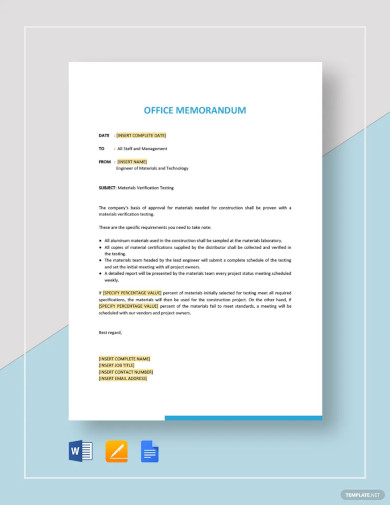
Office Memo
download now -
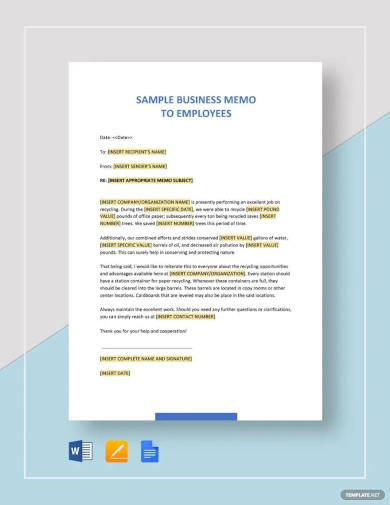
Business Memo to Employees
download now -

Audit Memo
download now -
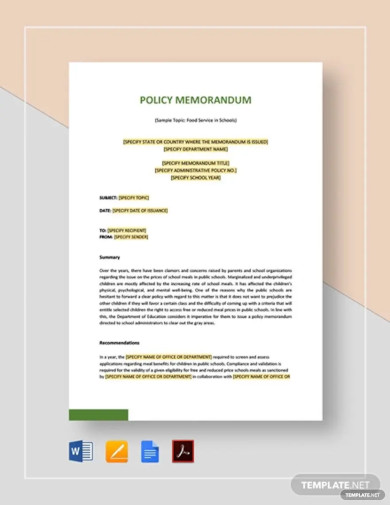
Sample Policy Memo
download now -
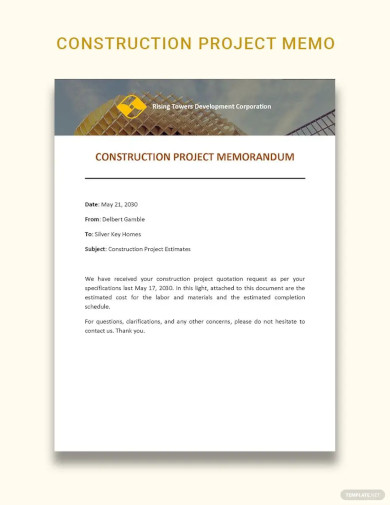
Construction Project Memo
download now -
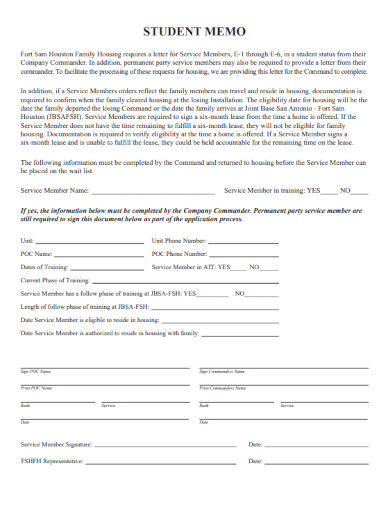
Student Memo
download now -

Payment Request Memo
download now -
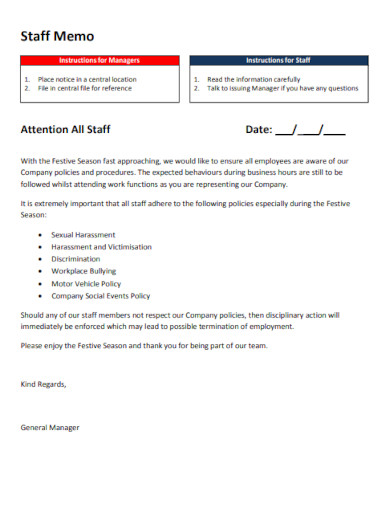
Staff Memo
download now -
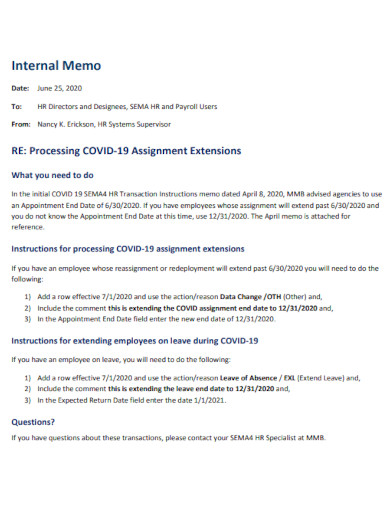
Internal Memo
download now -

Proposal Memo
download now -
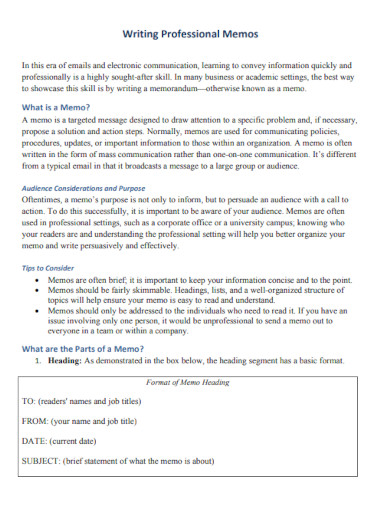
Professional Memos
download now -
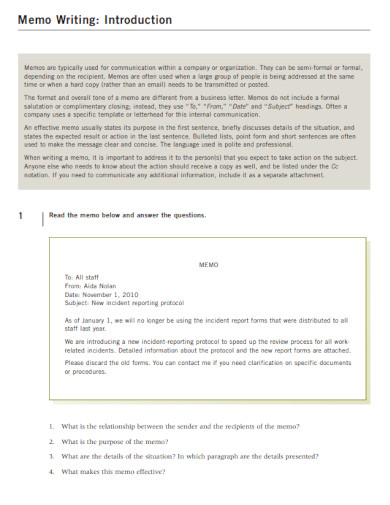
Writing Memo
download now -
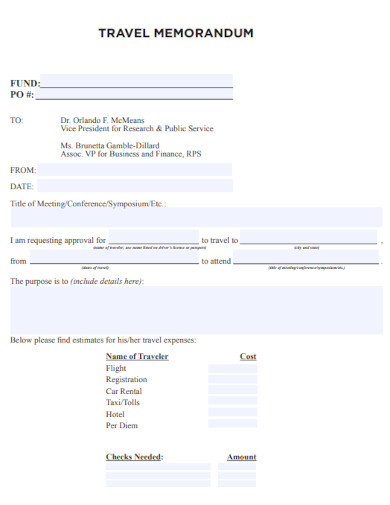
Travel Memo
download now -
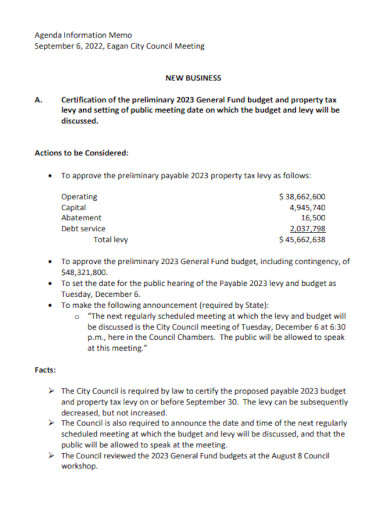
Agenda Information Memo
download now -
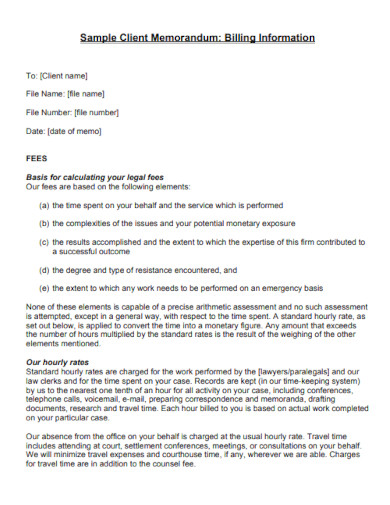
Client Memo
download now -
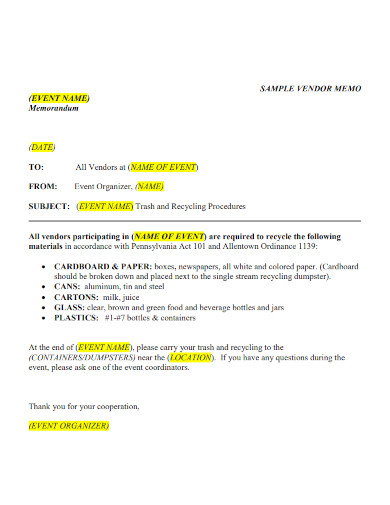
Vendor Memo
download now -
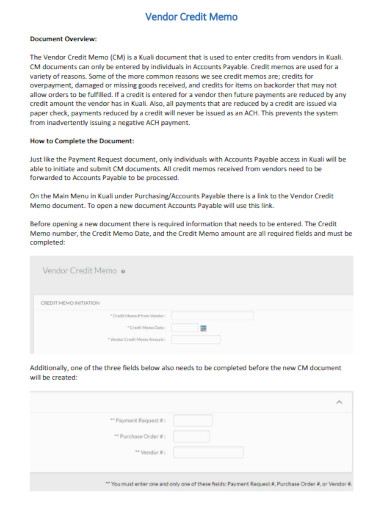
Credit Memo
download now -
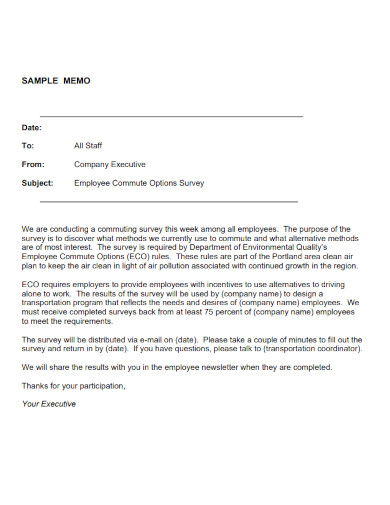
Sample Memo
download now -
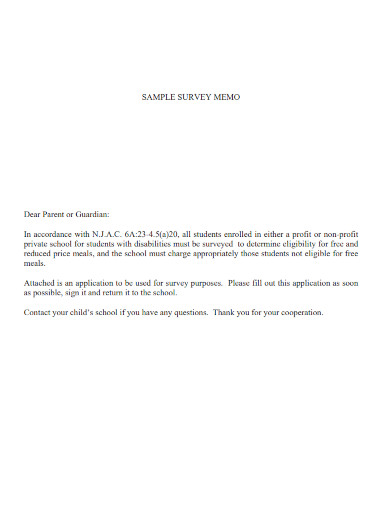
Survey Memo
download now -
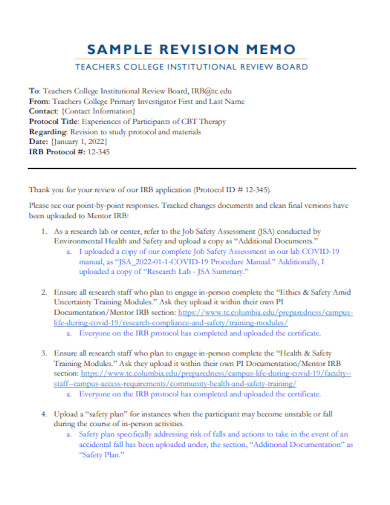
Revision Memo
download now -

Analysis Memo
download now -
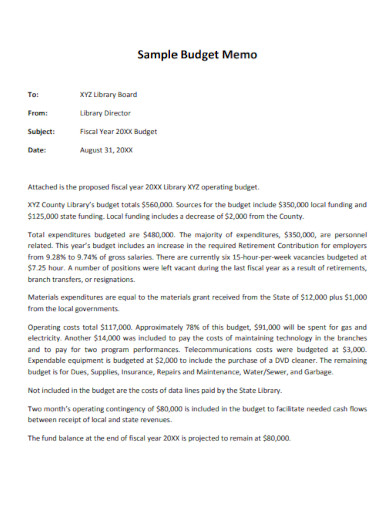
Budget Memo
download now -
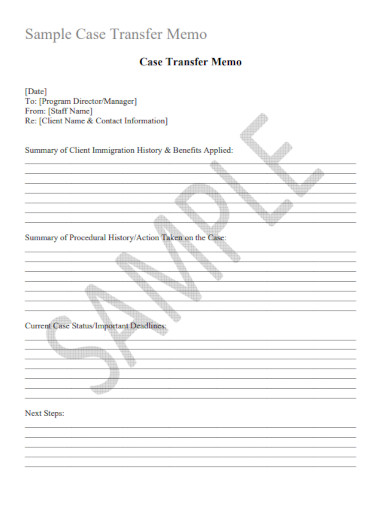
Case Transfer Memo
download now -
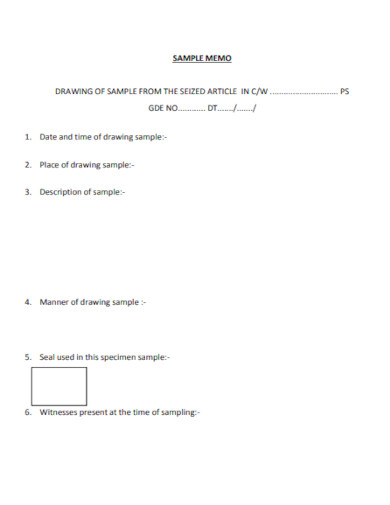
Blank Memo
download now -
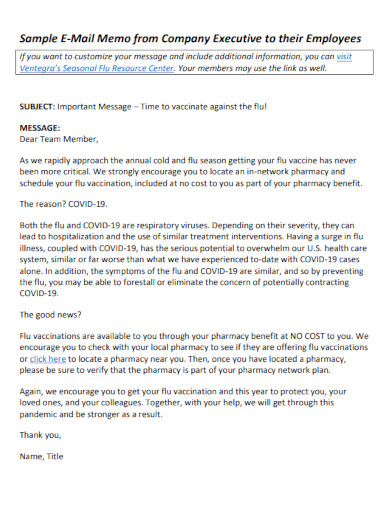
E-Mail Memo from Company
download now -
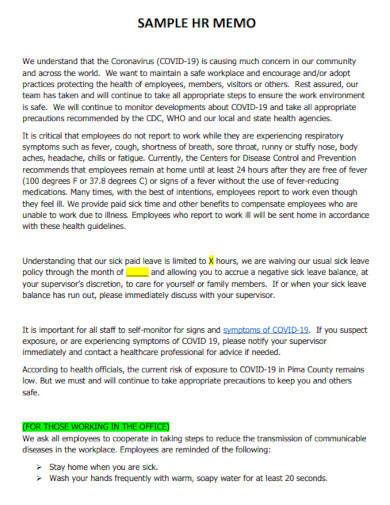
HR Memo
download now -
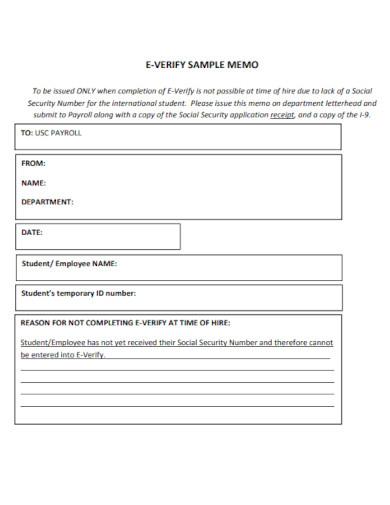
E-Verify Sample Memo
download now -
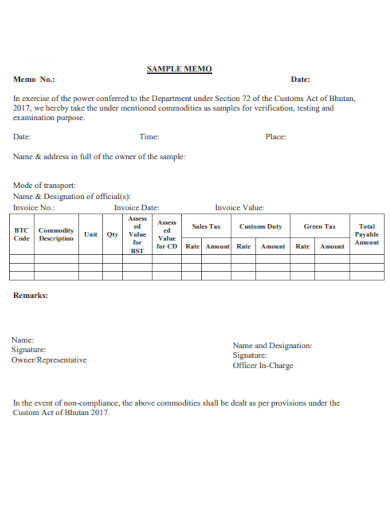
Memo Example
download now -
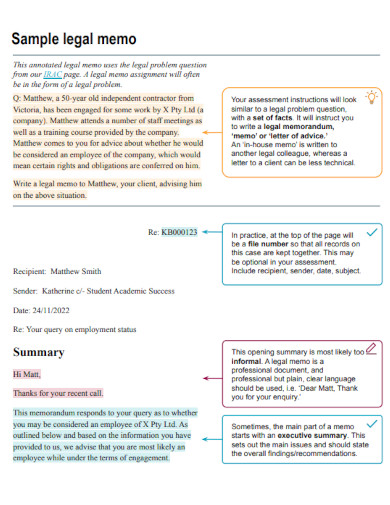
Legal Memo
download now -
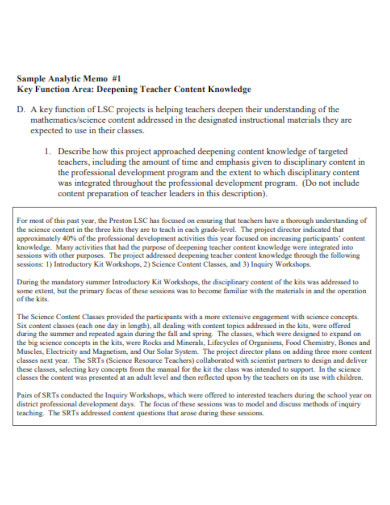
Sample Analytic Memo
download now -
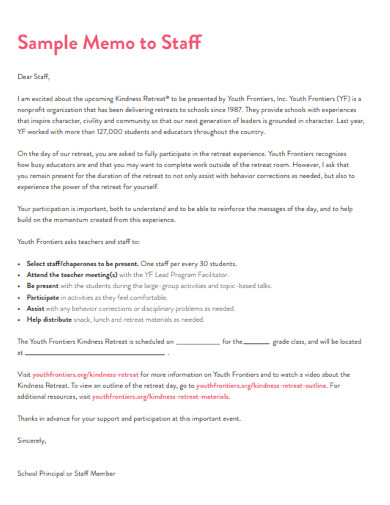
Sample Memo to Staff
download now
What Is a Memo?
A memo, a memorandum, is an organizational communication tool. Contrary to one-on-one communications, memos typically address a larger audience. This letter is generally sent to an entire team, department, or organization to update employees on company-wide events. Policy changes, new clients, and budget adjustments are just a few issues that can be talked about in a memo. This form of communication can be created and mailed electronically, or it can be printed and distributed physically. Even if you know everyone in your communication chain, keeping these documents courteous and professional is vital. Avoid using emoticons, texting slang, and abbreviations to make your message appear more professional when in doubt.
Benefits of Memo
The business memorandum, or memo, is primarily used as a formal, physical means of efficient communication from a department to staff members; it is almost always used for internal communication and is sent to clients and the general public only infrequently. The memo is a brief letter on company letterhead that is transmitted electronically as an attachment or printed and delivered by hand. Typically, less formal communications are sent exclusively via email. Depending on their purpose, memos must be sent to a specific audience.
Tips to Be a Good Employee
Employees must be able to perform their duties, but their positive qualities set them apart. These are noncognitive abilities that improve performance in areas such as collaboration, creativity, and problem-solving. These characteristics complement the hard skills you’ve acquired to make you an all-around pleasant and productive employee. After recognizing that there is a distinction between an employee and a good one, you may question the typical characteristics of a good employee. Examine the following to determine the areas in which you excel at work and those in which you could develop.
1. Enthusiastic About Their Work
The extent to which an employee is devoted to their employment and field is a significant factor in the quality of their performance. An engaged employee is someone passionate and motivated in their career. This indicates that they are willing to go the mile and are encouraged to succeed professionally because they sincerely care about the position and organization. Employers seek workers who are enthusiastic about their industry for reasons other than monetary compensation. It increases the probability that they will produce their finest work. Being passionate about one’s work is the cornerstone of being a successful employee.
2. Strong Communication
The extent to which an employee is devoted to their employment and field is a significant factor in the quality of their performance. An engaged employee is someone passionate and motivated in their career. This indicates that they are willing to go the mile and are encouraged to succeed professionally because they sincerely care about the position and organization. Employers seek workers who are enthusiastic about their industry for reasons other than monetary compensation. It increases the probability that they will produce their finest work. Being passionate about one’s work is the cornerstone of being a successful employee.
3. Confidence
Being a confident employee can improve your performance and promote your career advancement. If you lack confidence in performing a task report effectively, your employer will not. Being self-assured can enable you to solve problems more efficiently, communicate with your team more effectively, and thrive in leadership positions with potentially higher compensation.
4. Take Authority
Taking command of your professional life is something that can improve your performance. This involves taking the initiative and being told what to do. Participate as a member of your organization who influences its success. Simple actions such as suggesting an idea or beginning work on a task you know you will ultimately be asked to complete can significantly improve your employer’s perception of your work ethic.
5. Continuing to Educate Oneself
No matter where they are in their career, a competent employees will continue to educate themselves. The CEO of a significant corporation did not reach their position by being content with their knowledge. They accomplished this by continuously seeking out new learning opportunities. Learning more outside the workplace can entail anything from taking an online course to enhance your soft skills to pursue a degree over an extended time. Becoming a more educated employee with improved work performance is a matter of effort.
How to Write a Business Memo
There have been business memorandum for more than 140 years. What is the cause of their longevity? They function. Even in the instant communication and email era, business memos are a popular choice for formal office communication. People tend to pay more attention to and retain them longer than a primary email. The key to composing a successful business memorandum is communicating your ideas or message as clearly and concisely as possible. Whether your memo concerns a minor plumbing problem in the office or a significant leadership change, you will need to know how to write a practical business memo so busy employees can readily read and understand it. The information below provides five expert suggestions on how to write a more effective business memo.
1. Consider Your Audience
Knowing your audience is the first instruction in writing anything business-related, including a business memo. Writing a memorandum for your coworkers will differ from writing one for your superiors. Sometimes you will want to send your business memo to a small group of individuals, while other times, you must send it to numerous departments or the entire office. Also, be cautious when writing to a large audience and use a language everyone can comprehend. Avoid technical jargon. Be courteous and professional. Finally, exercise caution when transmitting sensitive or private information in your memo. Sometimes, a memo may appear harsh or even inflame a situation. Remember that sometimes the most effective method of communication is still a phone call or an in-person meeting.
2. Clearly State Your Memo’s Purpose
A quality business memorandum is concise and to the point. Business memoranda are not intended to be lengthy informational essays. Consider the subjects and topics most significant to your audience, and emphasize them at the outset of your memo. Most people appreciate brevity when reading business memos, so convey your point quickly. Suppose you are sending a memo to a large number of businesspeople who are preoccupied with other tasks. In that case, they must know immediately if your memo requires immediate attention. Most people will determine whether or not to read your memo based on its subject line, so include all pertinent information in the memo’s purpose and subject line. After applying these guidelines on how to write a business memorandum and crafting your message, it is best to have a professional proofread and edit your note.
3. Linked Only Relevant Information
You should only give the critical information. Attach any large forms or papers to the memo so the people reading it can look at them if they want more information. If you wish all workers to complete a questionnaire, you can explain in a memo what the survey is for and how the results will help them. You can also attach the form as an attachment.
4. Utilize the Correct Tone
Business memos should exude assurance and clarity. Nevertheless, you must consider your memo’s audience and content before selecting the appropriate tone to communicate your message. Sending a memo with the incorrect style can be just as perplexing and counterproductive as sending one with false information. For instance, a confidential human resources memo may require a more empathetic or methodical tone. Ensure that the style of your memo is always straightforward, practical, and businesslike.
5. Proofread Carefully
The final tip for effectively composing a business memo is ensuring that it reads and sounds its best. There is a tendency to hurry through the proofreading process for shorter memos. This is a standard error that many people make, and as we all know, there are consequences for acting in haste. Typos, misspellings, and grammatical errors can detract from your message. Additionally, these errors convey negligence and a lack of professionalism. Therefore, proofread your business memorandum slowly, thoroughly, and aloud. Also, have a colleague review your memo; they will catch any errors you may have made.
FAQs
What is a memo to an employee?
A memo is distributed to employees accused of transgression in the workplace or with a coworker or associate. The letter describes the nature of the mischief or inappropriate conduct and requests an explanation from the employee.
What is the proper memo format?
The format of a memo adheres to the standard rules of business writing. A memo is commonly one or two pages long, single-spaced, and left-aligned. Skip a line between sentences instead of using indentation to indicate new paragraphs. Business documents must be concise and specific to comprehend.
What are the types of memos for an employee?
There is a standard format for all memos, but four distinct memo varieties are based on their respective functions. These memoranda are the response memorandum, the weekly meeting minutes memorandum, the status memorandum, and the field report memorandum.
Using a memorandum template will assist you in communicating with everyone in your organization. Combining it with a project management plan enables you to easily store all of your memos in one location and send them to numerous stakeholders and team members. You can connect memoranda directly to action items to bring these tasks list and messages to life.
